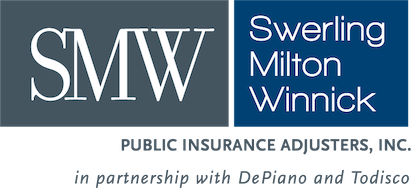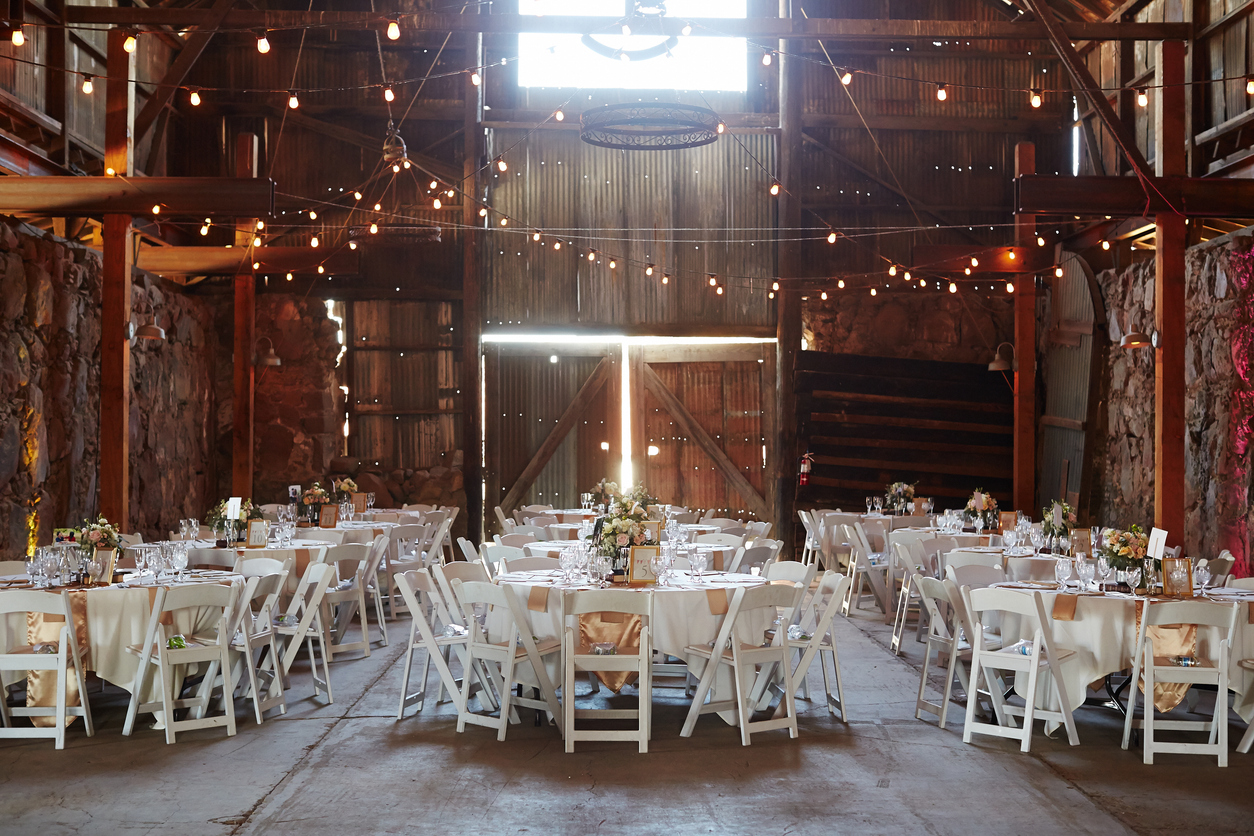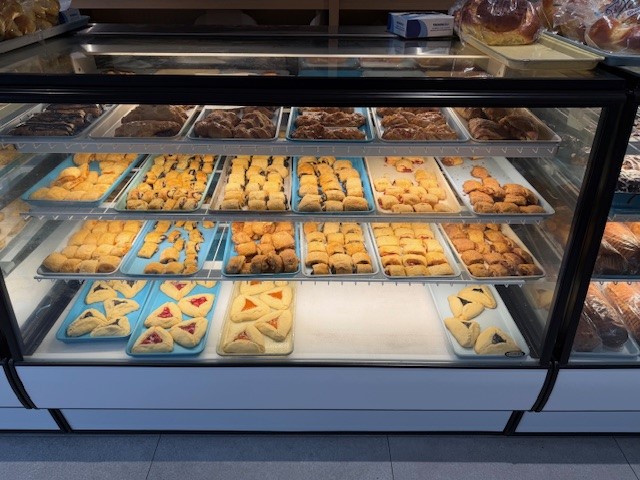To continue this examination, Part 3 of this BI series looks at a uniquely complex aspect of BI – “Cost of Goods Sold” – as an additional scenario business owner might encounter in their BI coverage.
Cost of Goods Sold
Businesses that sell products or goods have a different format for their financial statements than service businesses, i.e. law offices or consultants. Product-selling businesses crunch profit numbers by deducting the cost of the goods sold from the sale price.
What exactly is the “cost of goods sold” to a business? It’s the cost of the raw materials or finished goods that the business sells to the end customer.
In a restaurant, the goods sold are food; in an ice cream store, it’s ice cream and cones. For retailers, clothing represents the primary cost of goods sold.
For BI purposes, the calculation accounts for what the sales should have been. From there, the accounting should reduce by the Cost of Goods Sold that the business is not incurring. After all, if you don’t make the sale, you don’t have the cost of the product.
It’s helpful to look at this in a product scenario. Suppose a manufacturer makes charcoal grills. The manufacturer might have one hundred grills in stock, or even one thousand. But for clarification, let’s look at the cost of a single grill which retails for a price of $1,000. Let’s say the cost of all the materials to produce this grill totals $400. So, for $400 spent, the retailer hopes to profit by $600.
In the event of a property loss, the business owner has coverage for the grill under two different provisions – Personal Property and BI. The insurance company will first pay the business owner $400 under the personal property coverage of the commercial insurance policy.
Note: If you endorse your policy to value your inventory at selling price rather than at cost (which is what you will get under the typical BOP), the insurance company can serve as the buyer for your ruined inventory. How? With the Selling Price Endorsement in your BOP, the insurance company will pay you as if they were the customer for that damaged inventory.
The remaining $600 is the basis of the BI claim. BUT: the business owner will not collect for the full remaining $600. Why? Remember the definition of BI coverage: it restores you to where you would have been had the loss not occurred.
Stay tuned!
We hope this additional discussion of BI helps your understanding of this important insurance provision. In our next installment, we’ll cover the “Saved Expenses” portion of BI. Watch for it!




